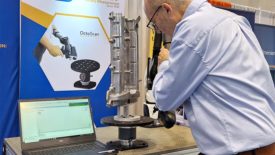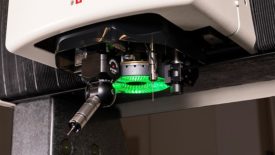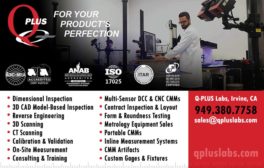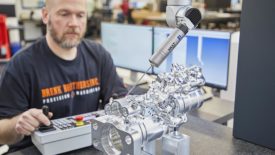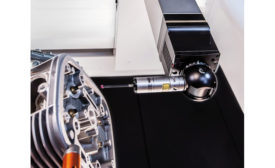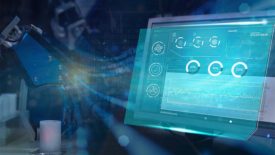Home » Keywords: » CMMs
Items Tagged with 'CMMs'
ARTICLES
Quality 101
The accuracy and reliability of CMMs and PCMMs are foundational to quality.
Read More
Measurement
Multisensor Metrology Systems: Quality’s Swiss Army Knife
Always have the right tool for the job.
December 18, 2023
Measurement
Advancing Precision: Exploring the Impact of Coordinate Measurement Machines in Industry
CMMs find application in a wide range of industries, including aerospace, automotive, medical, and consumer goods.
October 31, 2023
Measurement
Best Suited Options for Your Metrology Toolbox
When are non-contact structured light 3D scanners better suited than touch CMMs?
September 8, 2022
In-line Inspection with CMMs
By increasing the frequency of inspections and decreasing the time of inspection throughout the production process, inspecting in or near the production line allows for verification of 100% of components.
May 3, 2022
Measurement
CMMs: The New Quality Makers
Geared up and ready to go for digital transformation
January 1, 2022
2D Optical Measurement For 100% Component Inspection
Finding a system to handle 4,000 individual components a day.
January 12, 2021
Sponsored Content
White Paper: CMM or Portable Metrology
How to Choose the Most Effective Measuring Tool
April 24, 2019
EVENTS
Webinar
9/13/23 to 9/13/24
Contact: Meg M.
How to Reduce First Article Inspection Creation Time by 70-90%
Webinar
3/14/24 to 3/14/25
Contact: Meg K.
The Ride to Excellence: Embracing Digital Twins in Automotive Design, Development & Production
Stay in the know with Quality’s comprehensive coverage of
the manufacturing and metrology industries.
eNewsletter | Website | eMagazine
JOIN TODAY!Copyright ©2024. All Rights Reserved BNP Media.
Design, CMS, Hosting & Web Development :: ePublishing
